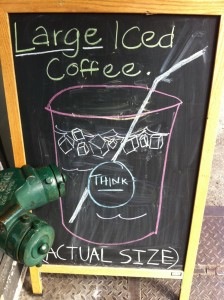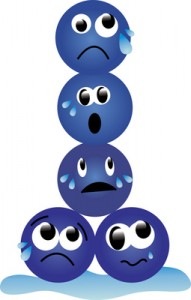 Memorial Day Weekend – the “unofficial” start of summer weekends. Hometown parades with floats and kids in baseball uniforms. Veterans handing out flags. The lazy, hazy days of summer with lots of soda and popcorn and beer. Also lots of barbecue and desserts – and lots of seemingly never ending caloric temptation — and bathing suits to get into!
Memorial Day Weekend – the “unofficial” start of summer weekends. Hometown parades with floats and kids in baseball uniforms. Veterans handing out flags. The lazy, hazy days of summer with lots of soda and popcorn and beer. Also lots of barbecue and desserts – and lots of seemingly never ending caloric temptation — and bathing suits to get into!
Celebration and Remembrance
Just a bit of a reminder. It’s wonderful to celebrate the unofficial beginning of summer. But, there’s a reason for all of the parades and flags. In the states, Memorial Day, originally called Decoration Day, is a day of remembrance for those who died in our nation’s service. First observed on May 30th, 1868 when flowers were placed on the graves of Union and Confederate soldiers at Arlington National Cemetery, in 1971 Congress extended it into a three-day holiday weekend.
Parades, Picnics, And Barbecues
Memorial Day is a day of national ceremonies and small town parades, but also of barbecues and picnics. For many of us Memorial Day also signals the start of a whole different set of thoughts: how to avoid the glut of cheeseburgers and hot dogs; the mayonnaise laden potato and macaroni salad; the plates full of brownies and cookies; the dripping ice cream cones (sprinkles are mandatory); the freshly baked blueberry and peach pies; and the beer, wine, soda, and lemonade to wash everything down.
Gotta Have A Plan To Handle The Food . . .
Or you might never take off the bathing suit cover-up. So, as you remember the people who gave service to their country, please honor yourself by choosing to eat what’s best for you. Holidays and celebrations present food challenges. A one-day splurge is a blip that doesn’t account for much. A one-day splurge that opens the floodgate to mindless eating all summer long is something else.
General Tips For Mindful Eating All Summer Long
- Before you grab some tasty morsel, ask yourself if you’re really hungry. Odds are, with a tempting display of food in front of you, you may not be hungry but you just want to eat what’s in front of you for reasons not dictated by your stomach.
- A good question to ask yourself is: do I really need to stand in front of the picnic table, kitchen table, or barbecue? The further away from the food you are the less likely you are to eat it.
- If you know that the barbecued ribs, the blueberry pie, or your cousin’s potato salad is your downfall, either build it into your food for the day or steer clear. For most of us swearing that you’ll only take a taste is a promise doomed to fail.
- If you’re asked to bring something to a party, picnic, or barbecue, bring food you can eat with abandon – fruit, salad with dressing on the side, berries and angel food cake for dessert (no fat in angel food cake). That way you know you’ll always have some “go to” food.
- Don’t show up absolutely starving. How can you resist when your blood sugar is in the basement and your stomach is singing a chorus?
- Really eyeball the food choices so you know what’s available. Then make a calculated decision about what you are going to eat.
- Take the food you have decided to eat, sit down, enjoy it without guilt, and be done with it. No going back for seconds.
- If you’re full, stop eating and clear your plate right away. If it hangs around in front of you, inevitably you’ll keep picking at it.
- Give yourself permission to eat – and enjoy — the special dessert or a burger or ribs. If you don’t, you’ll probably be miserable and there’s some chance that you’ll get home and gobble down everything in sight – because you made yourself miserable by not eating the good stuff in the first place! Eat what you want and enjoy it (no seconds and no first portions that are the equivalent of firsts, seconds and thirds built into one).
- If hanging around the food gets to be too much, go for a walk, a swim, or engage someone in an animated conversation. It’s pretty hard to shove food into you mouth when you’re talking away.



